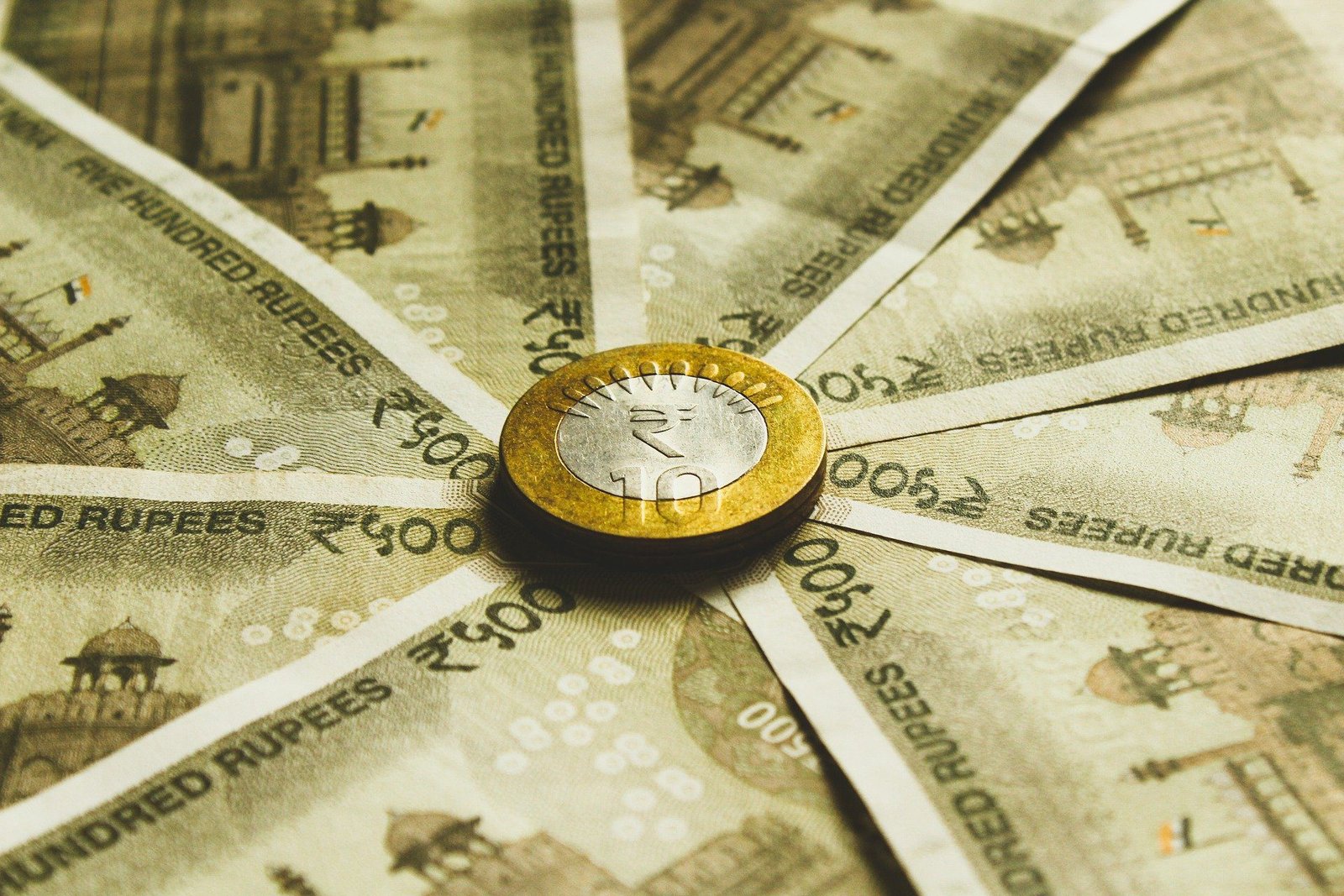
Three years back, on 8th November, the Indian Government made a historic announcement. It was the momentous “demonetization,” the withdrawal of 500 and 1000 rupees currency from Indian market. While stating the reason for this massive and unprecedented move, Modi Government said that this step will help the government to curb black money transactions, reduce the circulation of cash which will potentially reduce corruption and eliminate fake currency from the market. Now, since this step has been taken, thousands of people had to give their outdated currencies back, in order to get the new notes that they can use for transaction. Standing in front of the ATMs for hours and the limited amount of cash withdrawal made things very difficult. There are many arguments in favor of demonetization as well as against it. However, one this is for sure. It changed the financial ecosystem of India completely.
The data released by the Reserve Bank of Indian three years later shows that the use of United Payment Interface or UPI, mobile wallets and debit cards for purchase and money traction has been increased more than three times since demonetization. So, as you can see that the note ban certainly changed the digital payment ecosystem. How? Take a look at the following points to know more.
A Huge Push for Paying Digital
Data released by RBI shows that between October 2016 and December 2016, the use of debit cards at the Point of Sale or POS and m-wallets for payment have been increased by 134% and 163% respectively. These figures show that it is quite a notable paradigm shift in the financial ecosystem around the country.
Swipes at POS
After demonetization, people were left hardly with any choice but to pay with the card. So, for any kind of transaction, people started using their debit card for payment. The rates of swiping debit cards at POS increased by 109% in financial year of 2017. As there were long queues in front of the ATMs and there was a limitation imposed for withdrawing limit from ATMs, the rate of payment with the use of debit cards increased quite a lot. However, it was mobile wallet that scored even higher than the debit cards. There was an increase of 166% around the same time. However, until 2019, the accumulated growth rate of these two methods has been narrowed down to 33%.
Mobile Wallet Transaction
Just like debit cards, the mobile wallet too became quite useful for paying at different POS as well as while ordering online. There was a really notable rise of mobile wallet payment during and after the period of restriction of ATM withdrawal. Even more convenient than carrying the debit card and entering pin every time you decide to make the payment, mobile wallet payments are an easy and quick way for transaction.
UPI Transaction
However, debit cards and mobile wallet payments became less popular thanks to the unprecedented growth of UPI transactions. This year, as in 2019, UPI payments hit the mark of one billion transactions in such a short period of time. When mobile wallets need you to transfer the money to the wallet first and then make the payment, the UPI enables the users to make the payment directly through the bank account anytime anywhere. Needless to say, it is more secure and convenient option than that of mobile wallet payment or debit card swipes.
These are the paradigm shifts that happened in the Indian economy, especially in the ecosystem of digital transactions. For more blogs on finances, stay tuned with us.
![]()

Amilia Brown is a seasoned business writer & strategist who simplifies complex business concepts and turn them into engaging narratives. As a trusted business writer, she delivers actionable insights with precision.








